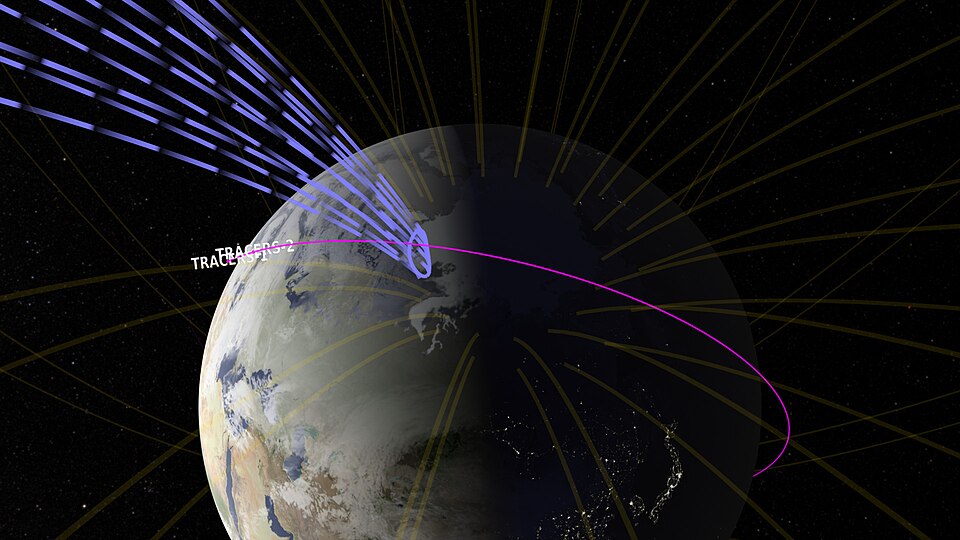NASA's TRACERS Mission Launches Twin Satellites to Study Solar Storms

NASA successfully launched its TRACERS (Tandem Reconnection and Cusp Electrodynamics Reconnaissance Satellites) mission on July 25, 2025, aboard a SpaceX Falcon 9 rocket from Vandenberg Space Force Base in California. This ambitious mission aims to explore the intricate relationship between solar storms and technological failures on Earth, particularly focusing on the phenomenon known as magnetic reconnection. By studying the interaction between solar wind and Earth’s magnetosphere, the TRACERS satellites will enhance space weather forecasting, which is critical for protecting satellites, astronauts, and GPS systems from disruptive high-energy events.
The TRACERS mission is particularly timely as global reliance on space technology increases. Joe Westlake, director of NASA’s Heliophysics Division, stated, “This is going to help us keep our way of life safe here on Earth.” The twin satellites are set to gather data on over 3,000 magnetic reconnection events in their first year of operation, providing insights into how solar activity affects our technological infrastructure.
### Understanding Magnetic Reconnection
Magnetic reconnection is a complex process that occurs when the solar wind, a stream of charged particles emitted by the Sun, interacts with Earth’s magnetic field. This interaction can release a significant amount of energy, leading to both spectacular auroras and potential disruptions to technology. Dr. John Dorelli, the TRACERS mission science lead at NASA’s Goddard Space Flight Center, explained, “As the solar wind collides with Earth’s magnetic field, it builds up energy that can cause the magnetic field lines to snap and explosively fling away nearby particles at high speeds.” This process is not only fascinating from a scientific perspective but also critical for understanding the impacts of space weather on Earth.
### The Significance of the TRACERS Mission
The data collected by the TRACERS satellites will be pivotal for scientists and researchers aiming to improve space weather forecasts. Enhanced forecasting capabilities can significantly mitigate the risks posed by solar storms to critical technologies, including communications, navigation systems, and power grids. The mission's ability to capture real-time data on solar wind interactions will provide invaluable information for future space weather monitoring initiatives.
Dr. Sarah Johnson, an astrophysicist at Stanford University, emphasized the importance of such missions: “Understanding these interactions is vital for safeguarding our technology-dependent society.” The TRACERS satellites will orbit through Earth’s polar cusp region, which are funnel-like openings in the magnetic field that allow solar wind to directly impact the atmosphere. This strategic positioning enables the satellites to capture detailed observations of magnetic reconnection events as they occur, thereby increasing the accuracy of space weather predictions.
### Looking Ahead
As the TRACERS mission proceeds, the implications for both scientific research and technology are profound. With the frequency of solar storms potentially increasing due to climate change, the understanding gained from TRACERS will be crucial for developing strategies to protect vital infrastructure. The success of this mission could also pave the way for future explorations in heliophysics, contributing to a more comprehensive understanding of solar-terrestrial interactions.
In conclusion, the launch of the TRACERS satellites marks a significant advancement in our ability to monitor and understand the effects of solar activity on Earth. It represents a collaborative effort between NASA and the scientific community to ensure that we are better equipped to deal with the challenges posed by space weather in the increasingly technology-driven world of the 21st century.
Advertisement
Tags
Advertisement





